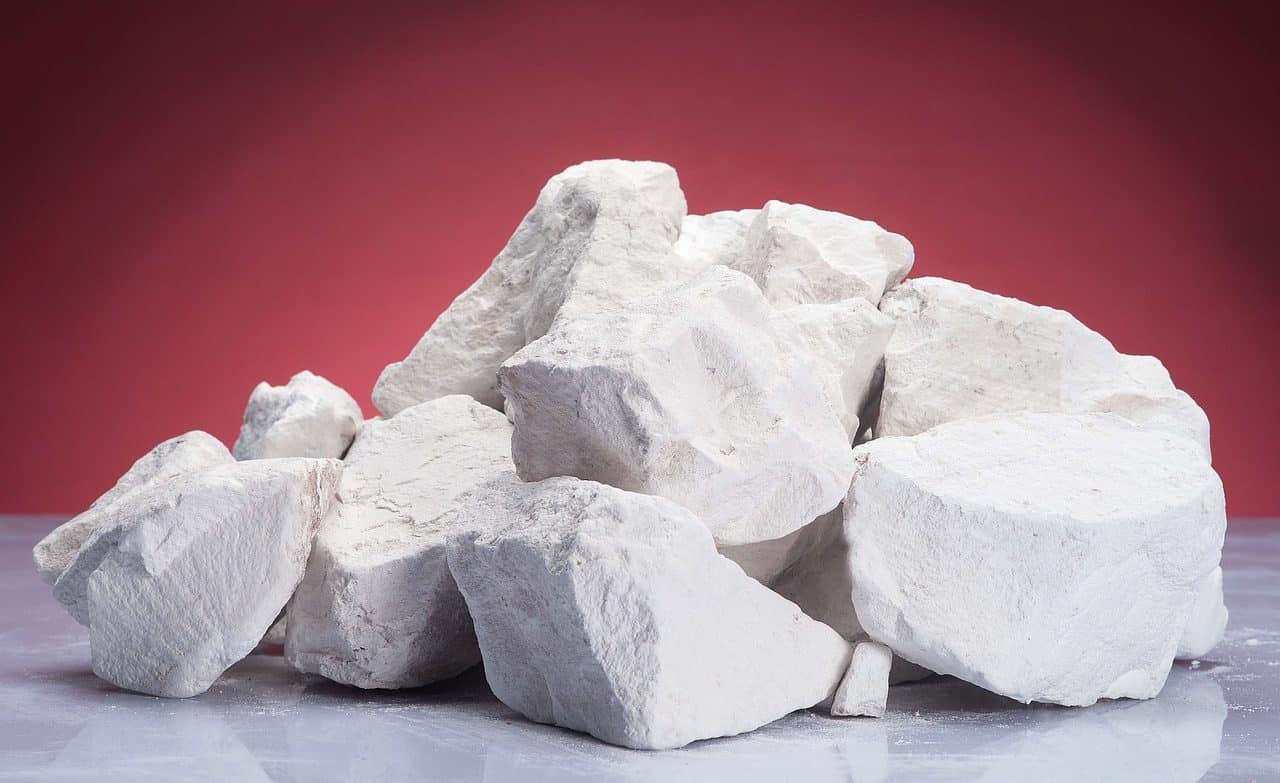
A sedimentary rock is formed by the accumulation of sediments.
A sedimentary rock is one that was formed from the accumulation of sediments . These sediments are mobilized by wind or water and, after a process called diagenesis , they form a material with a certain consolidation. The arrangement of sedimentary rocks in successive layers forms different strata.
Sediments can be particles from other rocks that, after being subjected to a weathering process, decompose. These sediments are transported by wind or water, accumulate and, thanks to diagenesis, sedimentary rocks begin to form, which can be found in the Earth's crust at a depth of up to ten kilometers.
Before moving forward, it is important to highlight that solid and very hard stones are called rocks . These are solids composed of one or more minerals. Sedimentary , on the other hand, is that related to sediments (materials that, after having been suspended in a liquid, are deposited to the bottom due to gravity).
Classification of sedimentary rocks
For the formation of sedimentary rocks, in short, various geological processes must develop. Weathering and erosion are followed by sediment transport and the sedimentation process, which then gives rise to diagenesis. Sedimentary rocks, according to their composition and genesis, can be classified as follows:
- Detrital : is formed when debris (crumbled earth) accumulates from erosion and is deposited due to gravity . This type of sedimentary rock is also classified as clay , sandstone and conglomerate , according to the size of its clasts (small grains or pieces belonging to older rocks, which provide very important information about the history of a rock).
- Organogenic : formed from organic remains, usually skeletons as a result of biomineralization , a process through which living beings can generate inorganic solids. Another path for its formation is the evolution of cellular matter, and in this case we speak of organic rock (a clear example is coal ).
- Chemistry : this type of sedimentary rock is also known as chemical precipitation and is born from the deposit of dissolved substances. The majority comes from masses of salts that have accumulated because the seawater has become oversaturated or stagnant, which leads it to evaporate and causes the precipitation of dissolved minerals, so that the rocks known as rocks appear. evaporites , such as rock salt and gypsum .
- Marl : This is the combination of chemical and detrital rocks.
Another possible classification is established according to its composition , and thus we speak of terrigenous sedimentary rock (conglomerate, clay , silt, sandstone, etc.), carbonated (dolomite, limestone, chalk), siliceous (kaolin, radiolarite, diatomite, chalcedony) and organic ( oil, mineral coal), among others.

Limestone is a sedimentary rock.
Other considerations
Scientists indicate that the Earth 's surface is covered by more than 75% by sedimentary rocks, which are found at the bottom of oceans, lakes and valleys and at the mouths and banks of rivers, for example.
The sediment has different characteristics depending on the way in which sedimentation takes place, among other reasons. The environment in which this process occurs has a series of physical-chemical conditions, which are decisive for the deposition of chemical sediments and the formation of organic sediments, which originate from the remains of certain organisms. There are two major classifications of sedimentary environments: continental , where we find the glacier and the desert, among others; and the marine ones , where the neritic, the artistral, the bathyal and the abyssal are found.
